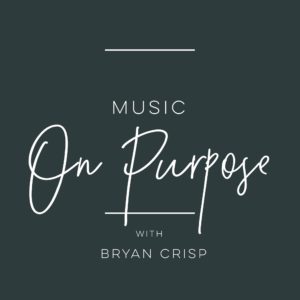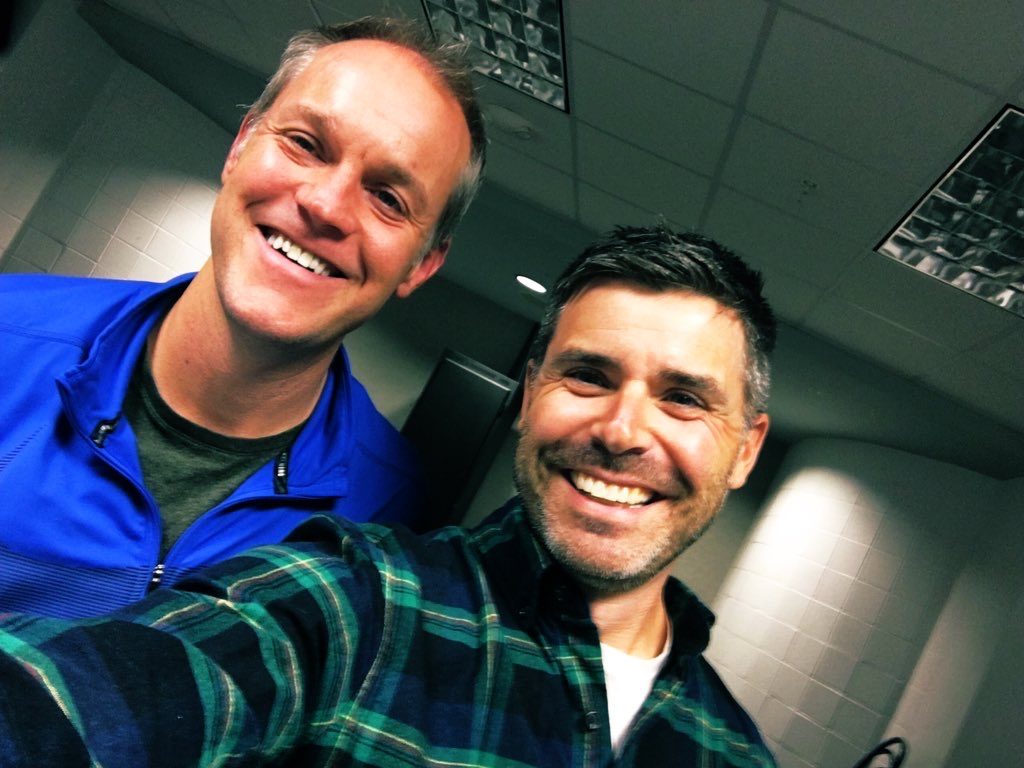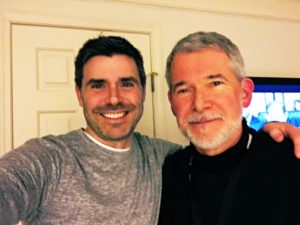When you talk to music educators there are many different thoughts on how to teach a resonant release to students. For example, “Just stop the air,” or “breathe in.” When you talk to professional players however, they all say the same things.
The release of a note must be sent to the audience.
I thought I would take the questions to a few professional musicians who are performing or have performed at the highest professional level. First is Philip Collins, who performed as Principal Trumpet with the Cincinnati Symphony for 35 years. This was his response:
“The note has to ring out into the hall whether the note tapers or stops abruptly. Picture a violin bow longer than needed. It continues to move after the note stops. Let the notes flow and sail out beautifully into the audience.”
The second response is from Stephen Campbell, who performs with the West Virginia Symphony, Cincinnati Symphony and the Lexington Philharmonic Orchestra. This was his response:
“You have to send the note into the hall! Take the note to your audience.”
The third response is from Sean Vore, who is a member of the Dayton Philharmonic Orchestra. His response was:
“A great ending to a note resonates in the space you are playing in, even if you are in a practice room. No tongue or throat cut-off, just experiment with the end of the fuel supply and let it resonate.”
There is a common thread of “sailing” or “sending” the note to the audience and letting it resonate. The more professionals I perform with and the more high level groups I perform with it seems a common practice and thought to “push” or “sail” the note to the audience so the audience can feel the resonance of the note. By simply stopping a note we lose the “sail” or “send.” The emotional connection of the music is what it is all about.
There must be a high level thought process when releasing a note just the same as when you begin a note. The mind must visualize what the air is doing and how it is meeting the listener to create the emotional experience. Like flying a paper airplane with a relaxed “flying” motion, the air must be set into motion with the same intentional purpose.
It is extremely important to not fill the mind with analytical thoughts but instead to visualize what the air’s purpose is in fulfilling the musical connection. There should never be a thought to do something to the end of the note “just because that is what I have always been taught.” Simply, the note should continue in motion, and the resonance of the note should continue into the hall until we begin the next note. Let the listener connect with the resonance.
Air is constantly in motion.



